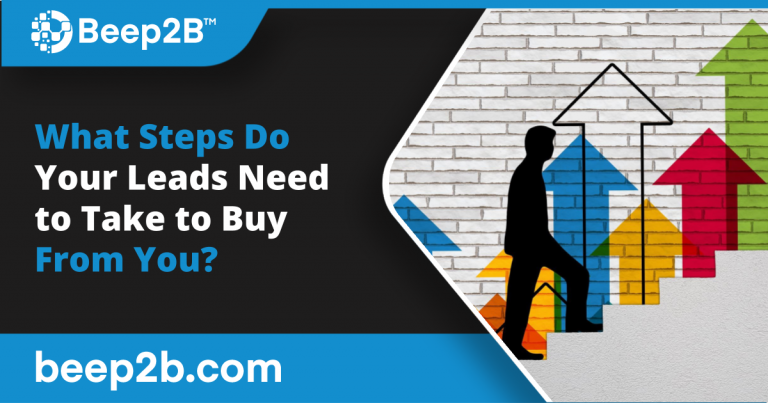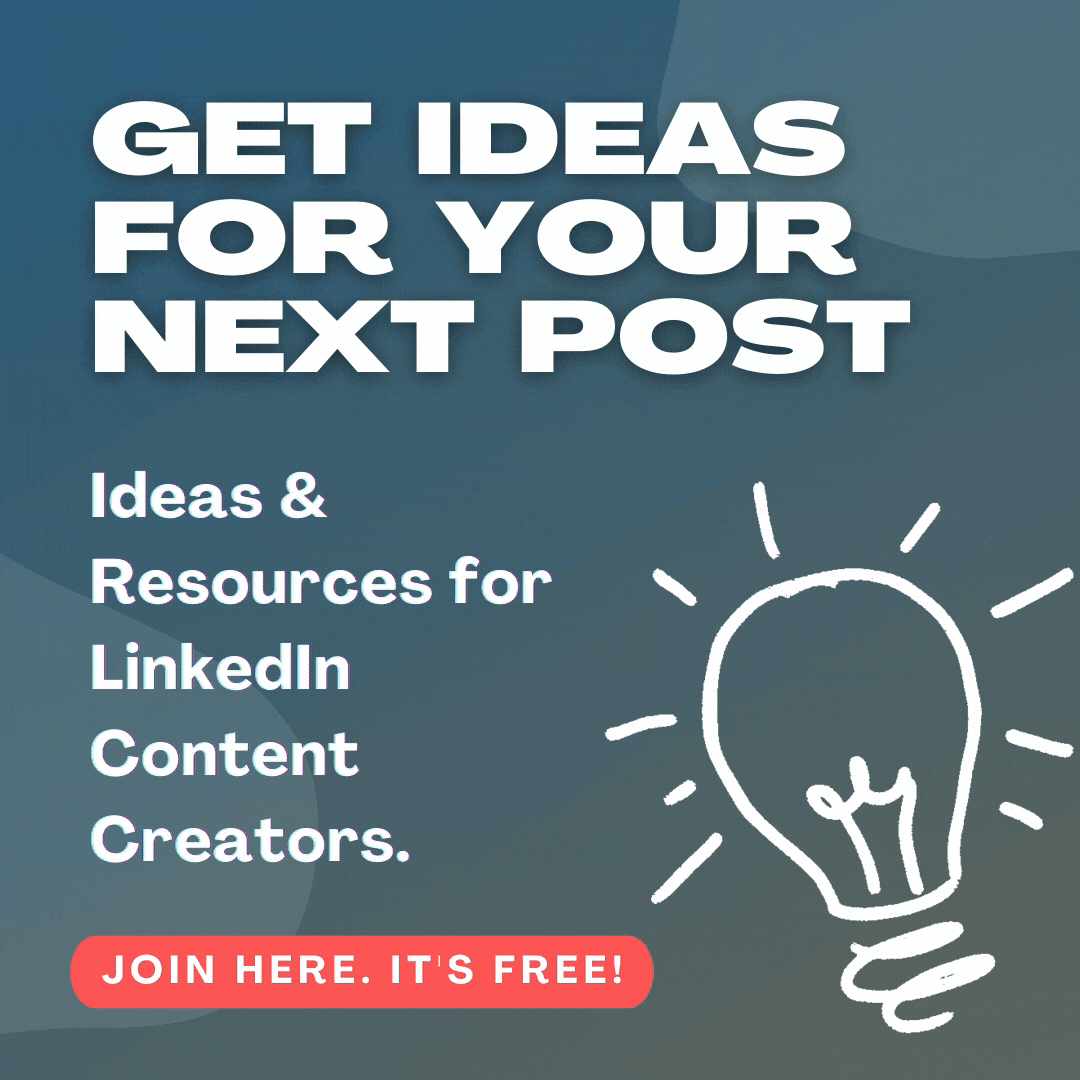You’ve used LinkedIn to make people aware of your brand. What do you do with all of your leads now?
You obviously want them to buy your product. Since LinkedIn is at the top of the sales funnel, the only way to push your leads is down through it.
However, it’s not as simple as nudging them.
You have to guide them. Think of a sales funnel as a journey. You have a destination for them to reach. You just need to map out their path. Like any multi-leg trip, there are steps your leads must take to arrive where you want them – as a paying customer.
Step #1: Know your target audience
One way to find out what your potential customers want is to ask them. That takes precious time and if you get few responses, you probably will not be any more knowledgeable than before.
How can you find out what your customers want?
Pretend you are your ideal customer.
It’s not as difficult as it sounds. You just have to use a little creative thinking to get inside their minds. You want to build your sales funnel according to how you perceive your customers’ preferences.
You’ll have to do some research into your audience’s attitudes and behaviors, but once you get into their heads, you can craft a sales journey that engages them until you make a sale. You want to speak to their needs and make the process as smooth as you can. Some questions you should answer include, but are not limited to the following:
What pain points (problems) do they have?
Imagine your customers finding your brand because they are searching for a solution to their problem. What is their problem? Why do they have the problem?
What do they hope to gain from buying your product?
Your customers are interested in your product. Why? Other than solving their problem, what else do they think they can get from your product?
What could they fear if they buy your product?
The answers to this question can go beyond the effectiveness of your product. Consumers can fear many things about a product. Cost, side effects, support, and more can factor into their purchasing decision. List all of the things that could prevent customers from buying what you’re selling.
What are their interests?
Knowing what your customers like can influence your product and how you market it.
Which social media platforms do they use?
There must be reasons why your customers would use some social media platforms over others. Simplicity can be one reason. A platform’s purpose can be another. You can use this information to design a funnel that matches those reasons.
What will prevent them from buying my product?
If you think your customers crave simplicity, then you should not make the process complicated. Give them easy access to information. If they can not quickly find what they’re looking for, they might move on to a competitor.
You should create your funnel to align with your customers’ perspectives. You’ve answered the previous questions. Use those answers to give customers the information and journey that keeps them hooked. You might have different sets of insights. Use them all to create separate funnels and test them to see what works best.
In the end, you have to make sure you are giving your customers what they want, a worthwhile product and sales journey.
Step #2: Address customer concerns through the sales funnel
Creating content not only drives lead generation but also lead progression. You want to persuade your leads to continue on their journey down the sales funnel. You want them to ride the momentum.
Since customers have to consider their options, momentum can stall. Is your product a good fit for them? Can they afford it? How does your product compare with competitors?
Content can drive momentum. Give them content that addresses all of their concerns. You’ll want to give them information that can influence their decision not just at the beginning of the journey but during it. You might have to vary the number of touchpoints depending on your product and your customers.
Step #3: Take the journey with your customer
You have to be available to your customers as they make their way through your sales funnel. You should be able to respond to their needs when they need assistance.
Chances are, you want to close the sale as soon as possible. However, you should not rush your customers. They have to research your product, hopefully with the information you provide them. They have to decide whether or not to choose your product. This can take time. If you rush them, they might think you just want to sell them something and don’t care about what they want. They will lose their trust in you. If this happens, you might lose the sale and all of the time and energy you put into attracting them.
Walk with your customers towards a potential sale. Don’t run. Build their trust with relevant product information every step of the way, especially when you introduce them to your product. This can increase your authority in your field. It can also increase transparency, an aspect that many consumers find attractive.
Don’t just sell them your product. Guide them to make the decision themselves.
Step #4: Remember future customers
Your lead nurturing campaign should attend to current and future leads. By maintaining a constant presence, you do not have to choose one over the other.
You should answer inquiries from all customers. Future customers can view your attentiveness as another sign of your authority and stick with you on their journey.
The 4 Steps Summarized
- Know your target audience: Research your potential customers to create profiles you can use to create engaging sales funnels.
- Address customer concerns through the sales funnel: Content can drive customers towards a purchasing decision.
- Take the journey with your customer: Guide them at their pace.
- Remember future customers: How you treat your current customers can affect your future customers’ buying decisions.
Recent research shows that buyers enjoy their sales experience most when businesses:
- Listen to their needs.
- Are not pushy.
- Provide relevant information.
- Promptly respond to communications.
The 4 steps featured in this article can help you create a campaign that speaks to what customers want and how they want it. Imagining your sales funnel as a journey and customers as travelers is not just a flight of fancy but an accurate conceptualization. If you give your customers a destination worth traveling to, then they might like what they see and become repeat visitors.


